A gelatin-based hydrogel allows researchers to create a flexible, remote controlled robot capable of squeezing through tight spaces.


A gelatin-based hydrogel allows researchers to create a flexible, remote controlled robot capable of squeezing through tight spaces.
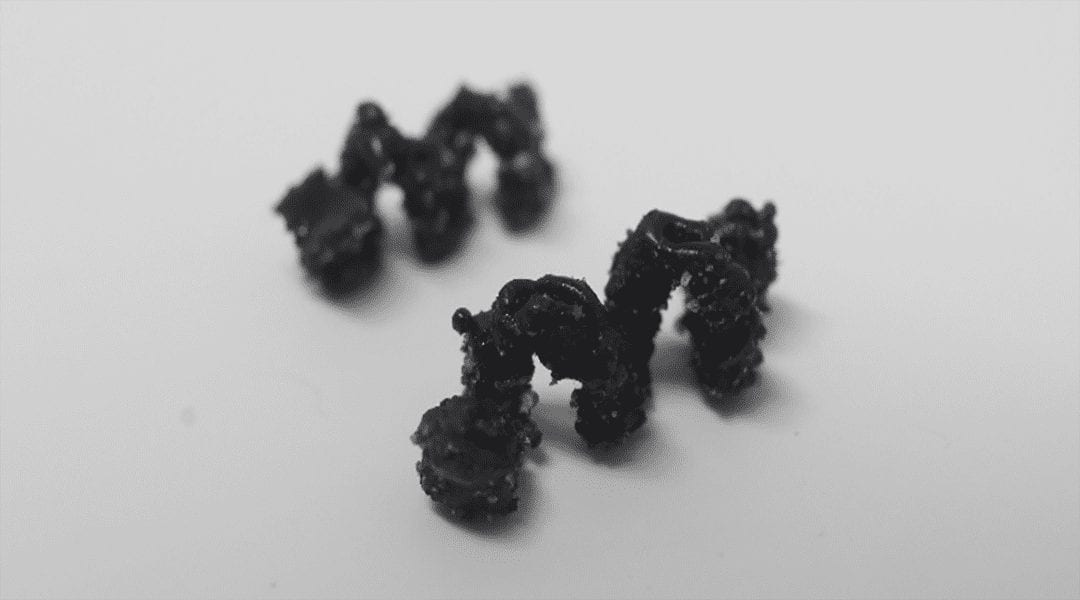
By mixing sugar and magnetic particles, researchers create biodegradable “CANDYBOTS” with potential applications in drug delivery and ingestible devices.

Researchers in Australia take inspiration from nature to create a soft-robotic gripper that moves away from the conventional hand-like design.

An active polymer skin that can be be reshaped on-demand takes existing technologies and adapts their functionalities to the needs of a changing environment.

Czech researchers developed self-propelled microrobots that decompose complex solid pollutants, such as single use and disposable textile fibers.
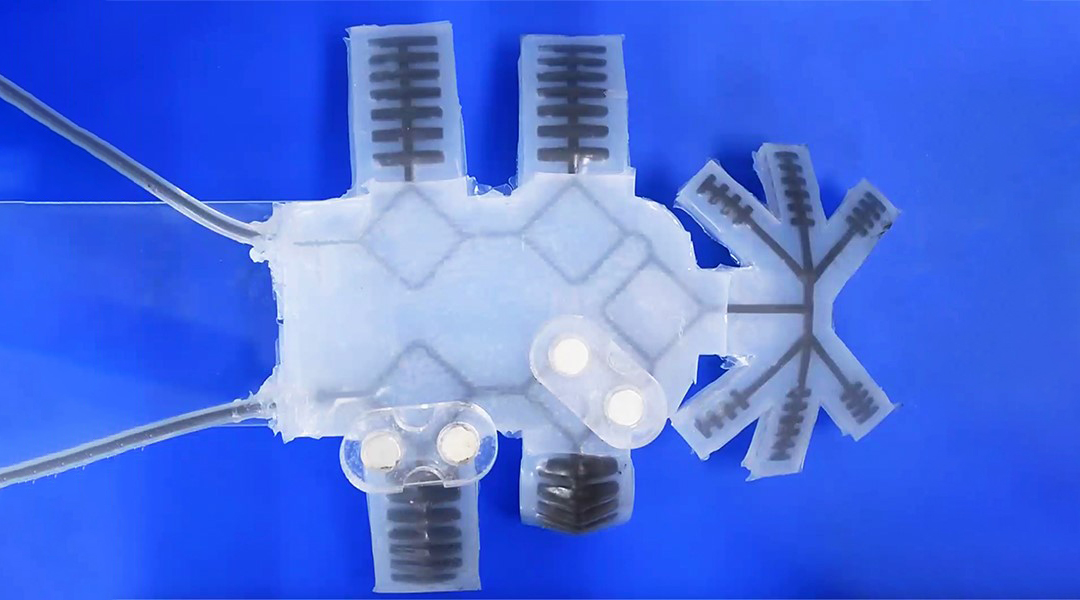
A new strategy allows researchers control robotic movement using fluids, creating flexible, untethered systems with promising applications.
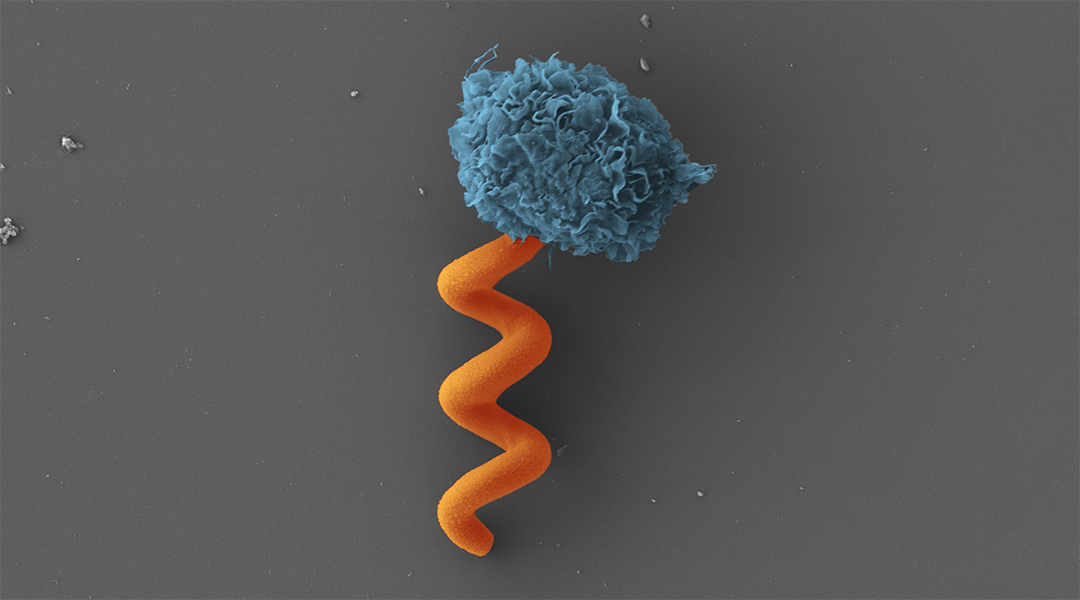
Zwitterionic polymers allow researchers to fabricate drug-carrying microrobots that can operate covertly under the immune system’s radar.
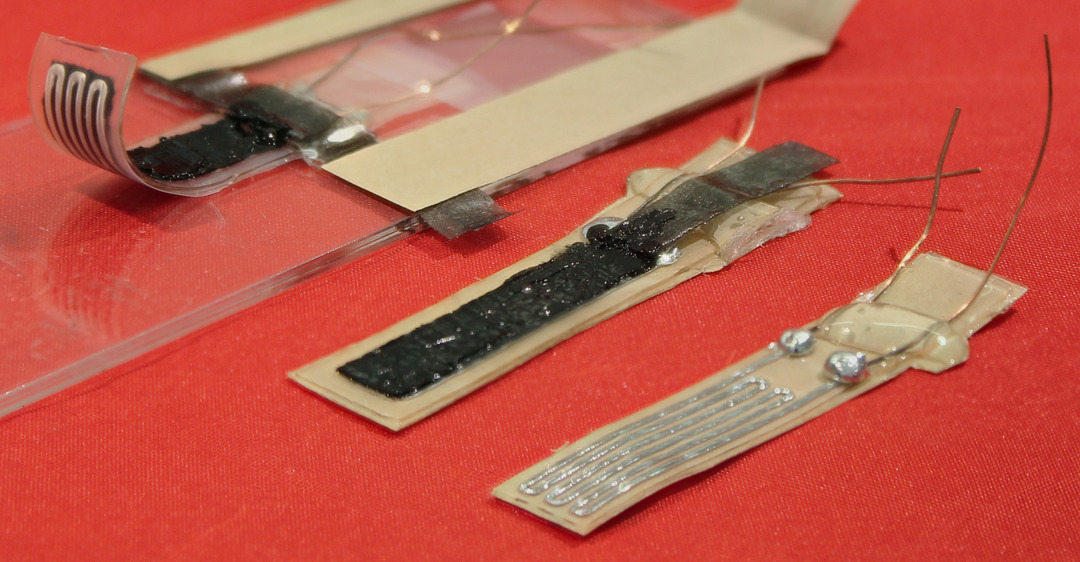
A new layer-by-layer fabrication process allows researchers to create new and improved soft robot actuators with variable degrees of stiffness.

Researchers develop microrobots that can sense their external environments and adapt their motion, similar to living organisms.
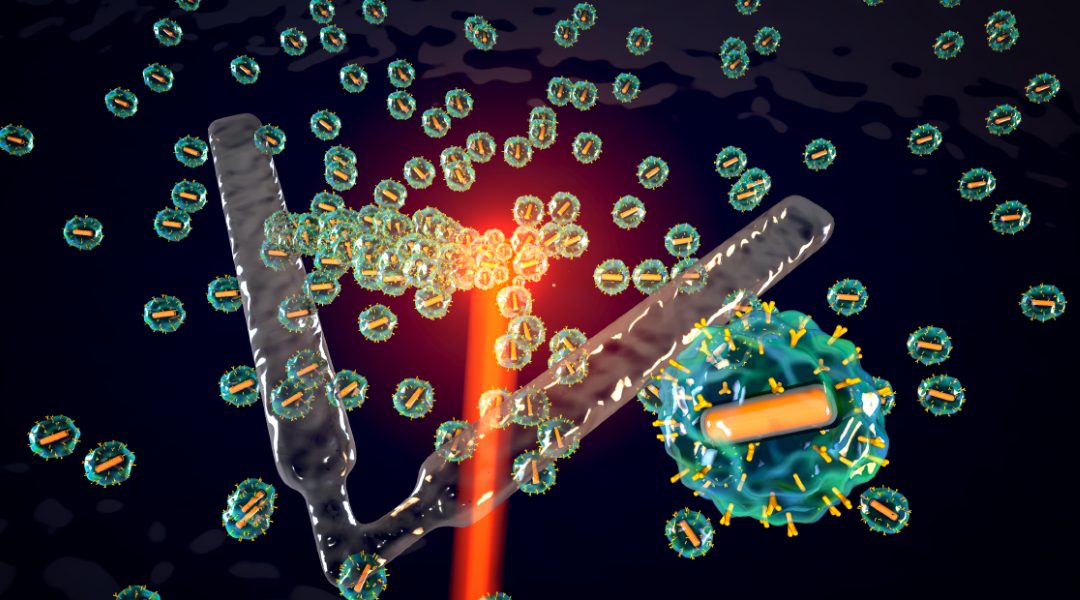
A new soft microrobot harnesses electromagnetic and thermal energy at the nanoscale to self-assemble from colloidal nanomachines.